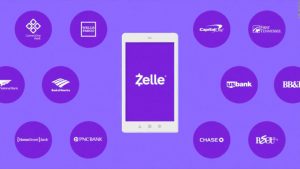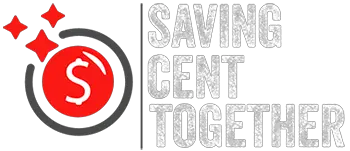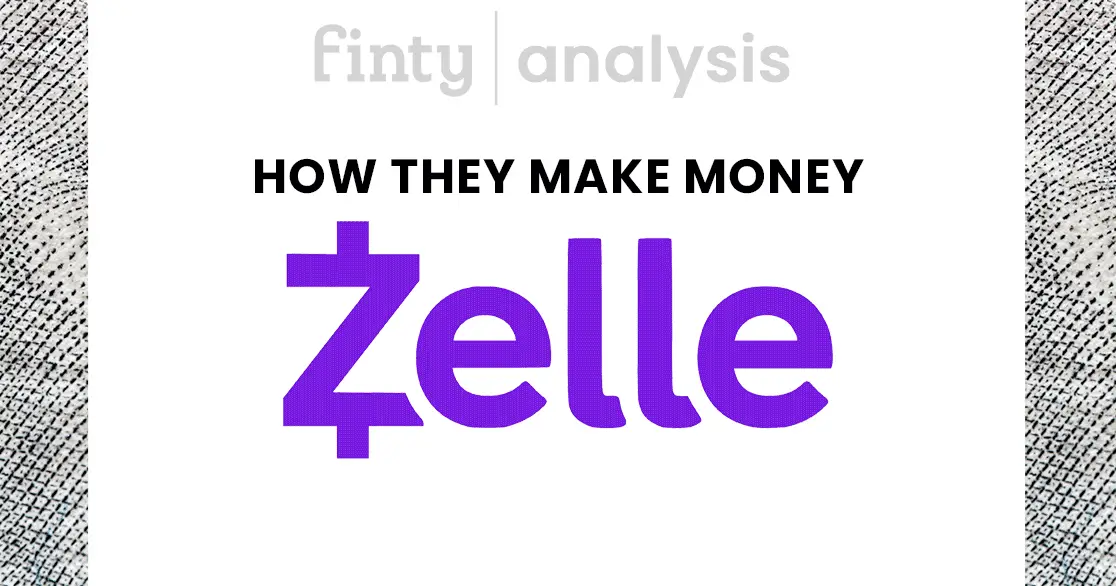In 2007, the idea for a service to instantly move money between bank accounts was conceived by Early Warning Services (EWS) – a financial services cooperative owned by the country’s largest banks. In 2013, EWS acquired a small P2P payment company called clearXchange and created a new company known as Early Warning Services, LLC, also referred to as Zelle. In this blog we will explore how does Zelle make money.
What is Zelle?
Zelle is a free person-to-person payment service owned by Early Warning Services, a bank consortium. Zelle facilitates the instant transfer of money between almost any bank accounts in the United States at no cost. Zelle does not control your money, and neither you nor the recipient pays any fees when money is sent to or received from another person.
How Zelle works
Zelle claims to be available at more than 100,000 locations – including 7-Eleven and Walmart stores – and is accepted as a form of payment on many popular mobile apps. Zelle was launched in June 2017 and is growing rapidly, with nearly $75 billion sent since then through the service. The company says that its network is now the second-largest in the U.S. by volume, after Venmo and ahead of Square Cash.
Zelle is free to use at most banks as a customer benefit for customers who bank online, on a mobile phone or tablet, or through direct deposit. In many cases, there is no fee for using Zelle within that bank’s own online or mobile apps. For example, when you send money from a Bank of America account to another Bank of America customer, the recipient doesn’t incur a fee and neither do you.
Zelle charges a small fee for using its network to send money among banks that don’t already have an existing customer relationship with each other. Currently, some banks may offer Zelle as a customer benefit at no charge. Those customers who bank with institutions that do not currently provide Zelle free of charge can expect to incur fees ranging from $0.25-$3 per transaction depending on the sending and receiving bank.
How does Zelle make money
Most of Zelle’s revenue comes from financial institutions which sign up for its services in addition to the regular fees they already pay for debit card transactions, which are usually a fraction of a cent. It is estimated that Zelle will facilitate over 100 million person-to-person payments in 2018.
Zelle is available to more than 100 million account holders at over 30 U.S. banks and credit unions, including Bank of America, Wells Fargo, USAA, and PNC, representing the overwhelming majority of U.S. bank accounts. An additional 500 financial institutions have agreed to partner with Zelle over the next few months including Capital One, TD Bank, and SunTrust. In January 2018 JPMorgan added Zelle to their mobile banking apps.
Zelle in the press
On April 13, 2018, ABC News announced that JPMorgan Chase was planning to add Zelle to its popular mobile banking app. The move shows how important P2P is becoming for banks as they seek new ways to attract customers who are being wooed by fintech companies. The service will be available to Chase customers through its existing mobile app, which is used by more than 20 million people.
The announcement comes amid increasing competition in the P2P payments space as banks fight to sign up consumers with low-cost or no-cost digital offerings that provide quick ways for friends and family to collect money from each other with their smartphones.
It’s part of an overall trend among financial institutions to expand their online and mobile banking services in hopes of growing relationships with current customers, as well as bringing in new ones. The addition of Zelle will allow Chase to offer the service without its own app download.
On May 1, 2018, Google announced that it would add a feature to Google Pay, the tech giant’s online and mobile wallet app for Android devices, that would let users send money to each other via Zelle.
Zelle is a payment service owned by Early Warning Services, LLC which enables bank account holders to electronically transfer funds via an internet connection. The actual money is moved through the Automated Clearing House. When a user sends money to another Zelle-enabled bank customer, the funds are typically available within minutes. If the recipient is not enrolled in Zelle, it may take 1–3 business days.

What is the structure of Zelle?
Early Warning Services, LLC is a bank holding company and operates as the central operator for Zelle. Zelle has relationships with and can connect to more than 100 financial institutions. As of January 2018, Zelle has become integrated directly into the mobile apps of over 30 participating banks and credit unions – representing more than 100 million customer accounts.
List of Zelle partner financial institutions
– US Bank
– BECU
– BB&T
– Bank of America
– Beneficial Bank
– Capitol Federal Savings
– Charles Schwab Bank
– Citibank (consumer personal checking accounts only) *Cannot send to CitiBusiness, Citi retail or Citi commercial clients
– City National Bank
– Commerce Bank
– ConnectOne
– Customers Bank
– First Tennessee Bank
– Golden 1 Credit Union (GECU) *Cannot send to Business account holders at GECU; only personal accounts allowed.

